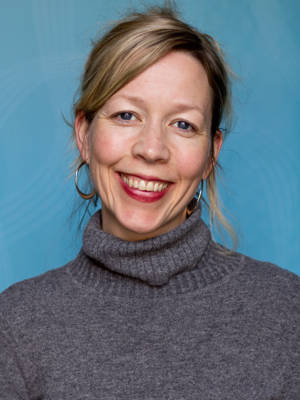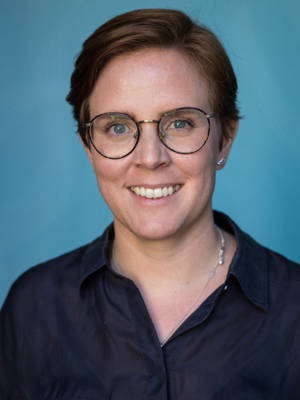The Nordic countries are often assumed to share the same culture and set of values and to have similar political, social, and economic characteristics. They are often on top of their class in a variety of rankings of welfare provision, living standards, and societal trust in addition to a demonstration of solidarity with- and assistance to causes and challenges far from the Nordic region. Elsewhere in Europe, the "Nordic model" or even the "Swedish model" is often referred to with respect to socio-economic, welfare, and labor market arrangements. However, that picture has during the year 2020 been altered.
Strong contrasts between seemingly similar countries have been and continue to be demonstrated through the different handling of the COVID-19 pandemic and its consequences. For instance, as of 3 December 2020, Denmark with 5.7 million inhabitants and Norway with 5.4 million inhabitants have death rates of 147 and 65 per million, while Sweden with 10 million inhabitants has over 7000 dead and a death rate of 689 per million. With a continued high contamination level during the fall, Sweden is left to be interpreted as a threat to its neighbors.
According to a variety of forecasts, the Swedish economy, which according to the strategy should not be hit so hard, is expected to decline in similar size as the Norwegian and Danish ones. Further, the Nordic countries were expected to create a so-called 'travel-bubble' in the Nordic region when other European regions did so. However, while Denmark, Norway and Finland opened up for travel between them, the borders to Sweden continued to be closed. Norway – which historically has had to come to terms with the fact that Sweden has been a leader in terms of demarcation of borders between the two countries – only temporarily opened up for travel to specific regions in Sweden, while Sweden never closed its borders to the other Nordic countries.
As the levels of infected people in all Nordic countries began to rise early in the fall, the Norwegian government and public health authorities saw themselves forced to close its borders and implement border controls in order to have control over any breakouts. Although the government and public health authority in Sweden has been recommending more and stricter measures to contain the spread of the virus during the fall, much of the responsibilities are still placed on local authorities and individuals, and the rate of infections continues to rise while the hospitals' capacities for care continues to be exhausted.
The main question we explore in this project is:
How did the Norwegian and Swedish responses to the COVID-19 pandemic become so different?
We explore this through three main angles:
- Historical trajectories
- Tensions and cooperation between Norway and Sweden
- Nordic cooperation – impact of current pandemic response on future crisis management
The project is an internal strategic initiative at PRIO. In order to better understand the disparate responses to the Covid-19 pandemic, we argue that there is a need for a deeper understanding of the relationship between Sweden and Norway and in extension the relationship between the Nordic states in order to understand how they can cooperate on crisis management and other challenges in the future.
The project complements an internal initiative at the Department of Criminology and Sociology of Law, University of Oslo, funded by the UiO:Norden project and led by Kristin Bergtora Sandvik. The UiO initiative focuses on the redrawing of the Norwegian-Swedish border in the context of the pandemic, and examines the legal and sociological context in which the framing of Sweden as a threat has unfolded in Norway. This PRIO-based initiative complements this by looking more specifically at Nordic cooperation in a historical context and how this cooperation may be affected by the current pandemic.
Project members
- Maria Gabrielsen Jumbert (Research Director and Senior Researcher, PRIO)
- Kristin Bergtora Sandvik (Professor in Sociology of Law IKRS/Juridisk Fakultet/UiO and Research Professor in humanitarian studies, PRIO)
- Therese Sefton (Research Assistant PRIO and UiO IKRS)
Media engagements
Interview by Forskning.no "Kommer vi til å bli like gode venner med Sverige igjen?" 29.11.2020. In English at sciencenorway.no "The Border between Norway and Sweden is closed for the first time since 1954. Will the pandemic ruin their special friendship?" 03.12.2020.
InterviewNRK P1+ Frokostradion "Er vi mer ulike Svenskene enn vi tror?"/ Morning radio "Are we more different from the Swedes than we like to think?" 01.12.2020.








